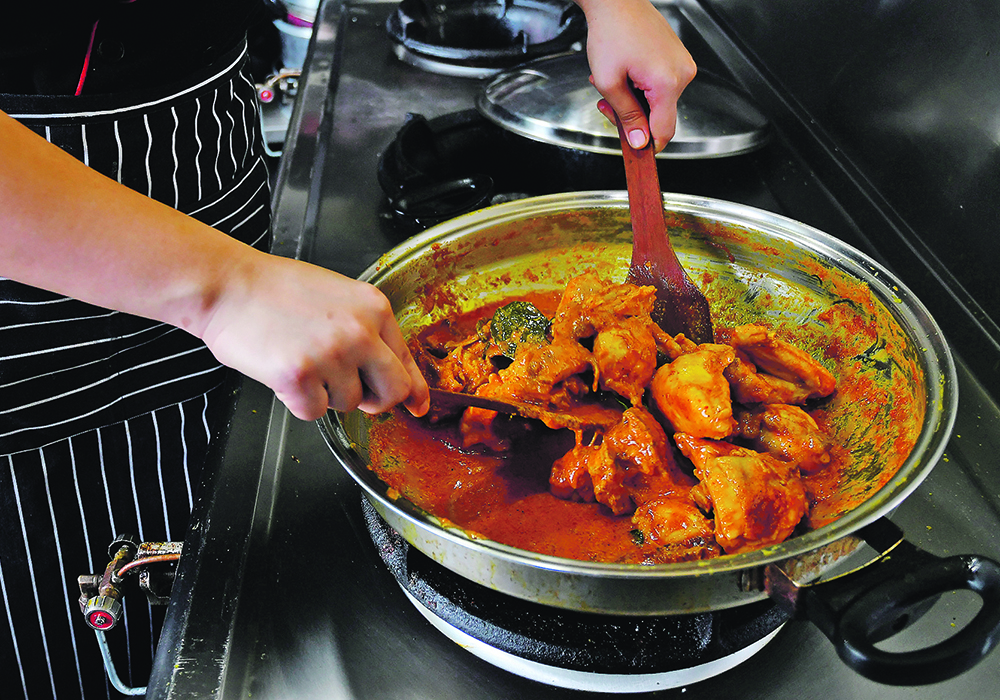Southeast Asian consumers use little canola oil, but a Malaysian company thinks it has a way to get a foot in the door
Southeast Asia presents a challenge for canola: hardly anyone in the region of more than 664 million people uses it.
“Canola oil only constitutes 0.4 percent of a total of 30 million tonnes usage,” said Soon Bin Neoh of Soon Soon Group, a food and feed company in Malaysia. This is much lower than the world level, where canola oil accounts for nearly 14 percent of consumption.
Neoh was speaking from Penang, Malaysia, earlier this month during Canola Week.
Rex Newkirk, a canola expert from the University of Saskatchewan who hosted the event, has known Neoh for some time. Most recently Newkirk visited the company as part of a series of events hosted by the Canadian High Commission aimed at developing opportunities for canola in Malaysia.
Read Also

Farm groups ask feds for export sales reporting
The Agricultural Producers Association of Saskatchewan and SaskCrops asks the federal government to create an Export Sales Reporting program.
“I really grew an appreciation of what they’re trying to do to improve the health and wellness of their people through bringing in fatty acid profiles they require,” Newkirk said.
Palm oil and palm kernel oil are king and queen in Southeast Asia, with near-total dominance. In Malaysia, for example, the two account for 94 percent of market share. Canola has its biggest foothold in that country, but with only one percent of the market, there is definitely opportunity for growth.
Palm olein, the more refined version of the oil, is great for cooking. It is heat stable for deep frying, affordable and widely available. But it lacks nutrition.
“It’s virtually deprived of any omega-3 fatty acids, which are important for general health, brain and eye development,” Neoh said.
Canola oil contains about 10 percent omega-3s, but it’s less heat stable and therefore less suitable for Southeast Asian cooking. It’s also more expensive.
Price, cooking performance and nutrition — was there a way to have all three? Neoh said after much research the company recommended a 60-40 palm-canola mix. It branded its new offering Canolein.
The blend retains its clarity, an important characteristic for markets not only in Southeast Asia but in China, southern Europe and Australia. It also delivers better nutrition: a single tablespoon delivers half the omega-3s needed by a child or adult for a day.
Canolein was rolled out earlier this year and is to be available in major supermarkets, minimarts and online outlets. Its marketing is built around such themes as “the perfect blend for cooking” and “the best of both worlds,” alluding to both its practical and health benefits, as well as its Canadian and Southeast Asian connections.
Canolein faces challenges. It is more expensive than straight palm olein, which enjoys subsidies that keep its price lower. Neoh said the company is applying for government support to help marketing efforts for Canolein, arguing the product has public health benefits.
“Driving awareness and sending the message of better health and nutrition of the canola-palm olein brand is absolutely essential to its success.”
Neoh is optimistic that canola can establish a presence in Southeast Asia. He pointed out that Soon Soon Group holds no intellectual property rights on the canola-palm olein blend, leaving the field open for other companies that may wish to launch under their own labels.















